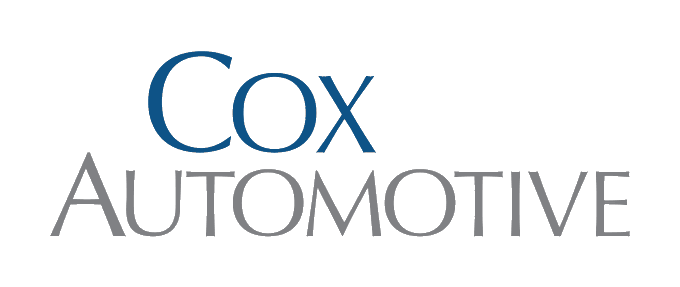Source: www.coxautoinc.com, May 2021
The trend in new daily COVID-19 cases declined again last week, but the vaccination pace slowed as well. In terms of the economy, the jobs recovery lost momentum, but vehicle sales soared.
The vehicle market improved upon March’s incredible performance with even tighter supply. New and used retail sales beat the April 2019 performance. Used-vehicle values jumped 8.3% in April and are up 54.3% against the pandemic lows in 2020.
Vehicle sales skyrocket: Total new-vehicle sales in April were up 111% from the year-ago month with the same number of selling days compared to April 2020. The April SAAR was 18.5 million, a 113% increase from last year’s 8.7 million and the highest monthly SAAR since July 2005. March’s SAAR was also revised up to 18.0 million.
Combined sales into large rental, commercial, and government buyers were up 105% year over year in April. Including an estimate for fleet deliveries into the dealer and manufacturer channel, we estimate that the remaining retail sales were up 116% year over year in April, leading to an estimated retail SAAR of 16.3 million, up from 7.5 million last April and up from April 2019’s 13.1 million rate.
Inventories, incentives fall: New-vehicle inventories declined by 448,000 units in April to 1.9 million units, which was down 42% from April 2020. Days’ supply for April was 33, down 88 days from a year ago and down 5 days from March.
Average incentives declined 5% from March to April to an average of $3,239 per vehicle, down 25% from a year ago. Incentives as a percentage of average transaction prices declined to 7.9%, which was the lowest level since January 2015.
The average transaction price in April was $40,768, which was up 0.5% from March and up 2.2% from a year ago.
Used-vehicle sales, prices rise:
We initially estimate that used-vehicle sales were up 69% in April from a year ago. Compared to 2019, total used-vehicle sales were down 2.4%. The April used SAAR was 41 million, up from 23.6 million last April and up from 40.5 million in March.
The April used retail SAAR estimate was 22.4 million, up from 12.5 last year and up from 22.2 in March. This April topped April 2019, which had been the best month since the Great Recession. Compared to April 2019 used retail sales were up 1.8%.
CPO sales in April increased 104% from a year ago but declined 9% month to month. April CPO sales were up 11% compared to April 2019.
The Manheim Used Vehicle Value Index jumped 8.3% from March to April. The increase brought the Index to 194.0, which was a new record and 54.3% higher than a year ago.
On a year-over-year basis, all major market segments saw seasonally adjusted increases in April, but pickups again outperformed the overall market. Looking across leading indicators, we expect another six to eight weeks of wholesale price increases and likely new records on the Manheim Index through June.
Jobs recovery stalls: April delivered a disappointing 266,000 new jobs when a million had been expected. The headline unemployment rate ticked back up to 6.1%. New jobless claims last week fell again to their lowest level for the pandemic.
In addition, the prior two monthly numbers were revised down for a net decrease of 78,000 fewer jobs than originally estimated. April saw large job declines in several sectors like manufacturing, couriers and messengers, and temp services. Leisure and hospitality created more than the net overall gains by adding 331,000 jobs. Auto dealers added 3,600 jobs, which left dealership employment 3.4% below the February 2020 level
While the headline unemployment rate increased to 6.1% in April from 6.0% in March, the Bureau of Labor Statistics reported that the rate could have been 0.3 points higher if not for misclassification due to confusion about people considered as employed but away from work. This misclassification error rate declined from March, so the likely true headline unemployment rate was unchanged from March.
The labor force participation rate increased 0.2% in April to 61.7%, which was the highest level since August. The underemployment rate, which is the broadest measure of unemployment, declined to 10.4%, the lowest rate yet for the pandemic. The percentage of the unemployed reporting being on temporary layoff, as opposed to permanent, increased to 21.5% from 20.9% in March.
The latest traditional continuing claims data from the week ending April 24 increased by 37,000. The broadest measure of continuing claims, which includes pandemic unemployment assistance, declined by 400,000 to 16.2 million in the latest data. Initial claims for the week ending May 1 declined by 92,000 to 498,000 claims, which was the lowest level yet during the pandemic.

